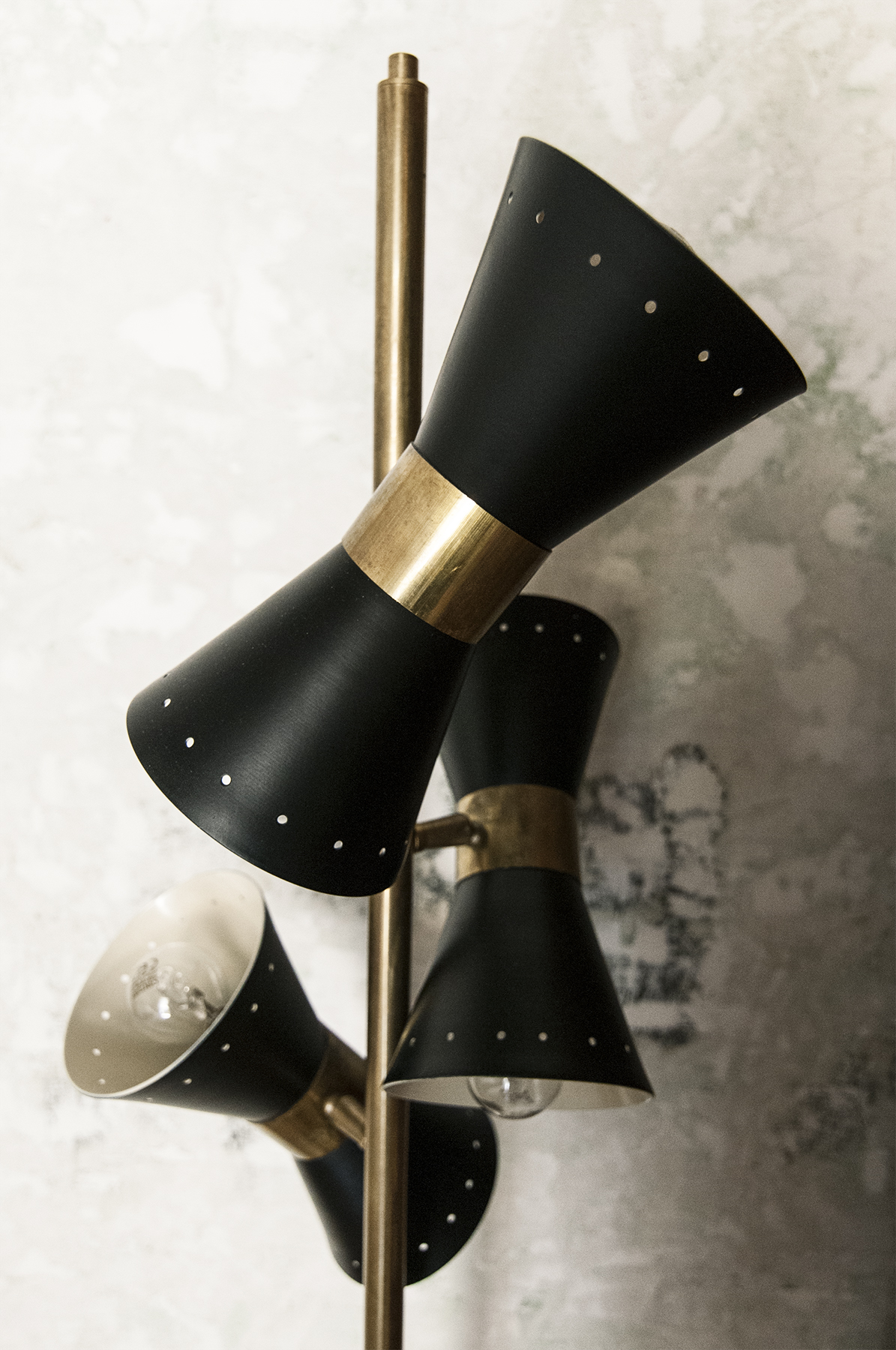Design

Original from the entrance, G-rough opens to its guests through the “Gallery Bar”, a dreamlike and kaleidoscopic project space with a brass-finish bar counter at the back of the wall, bronze-colored mirrored walls, original 1950s armchairs and tables. , white and red hexagonal cementine on the ground and lush branches and fronds to overlie the seats and create a “winter garden” effect that is reflected in the photographic wallpaper fresco of the corridor, realized – site specific – by the artist Pietro Ruffo.
The preservation of the ancient spaces; painted wooden ceilings, patina walls, parquet and tiled floors, and original furniture are able to transport you back in time, to Rome, through captivating objects. Stylistic selections characterize the hotel’s avant-guard design, which pay homage to the boldness of artists such as Ico Parisi, Giò Ponti, Silvio Cavatorta, Venini and Seguso.
An ancient and modern ambience provides a memorable experience to guests staying in any of the nine suites and apartments.
For further information please
call +39 06 68801085
or e-mail reservations@g-rough.com

